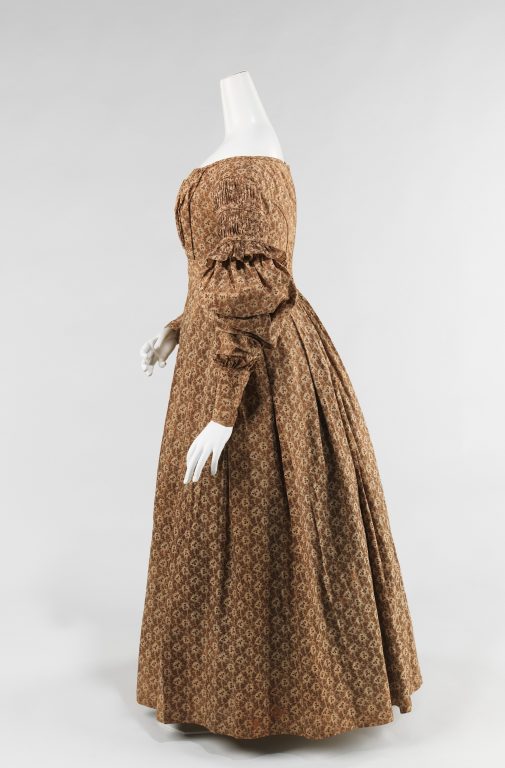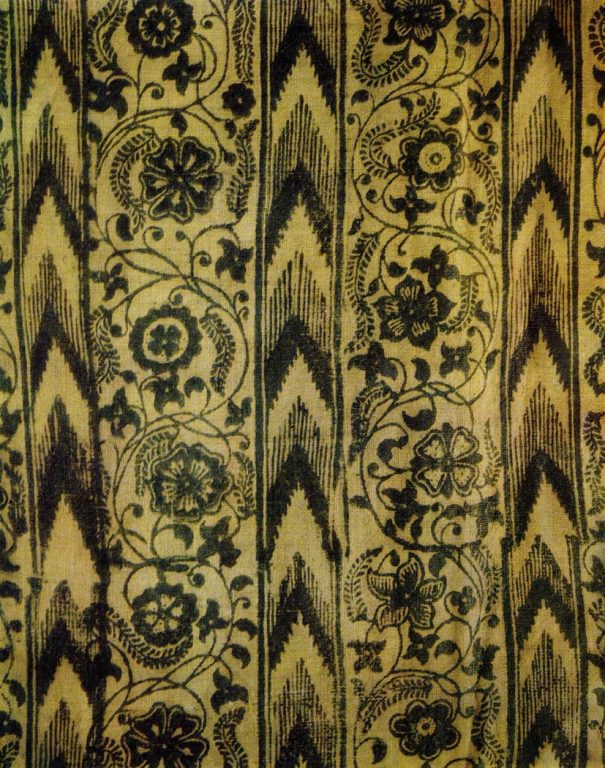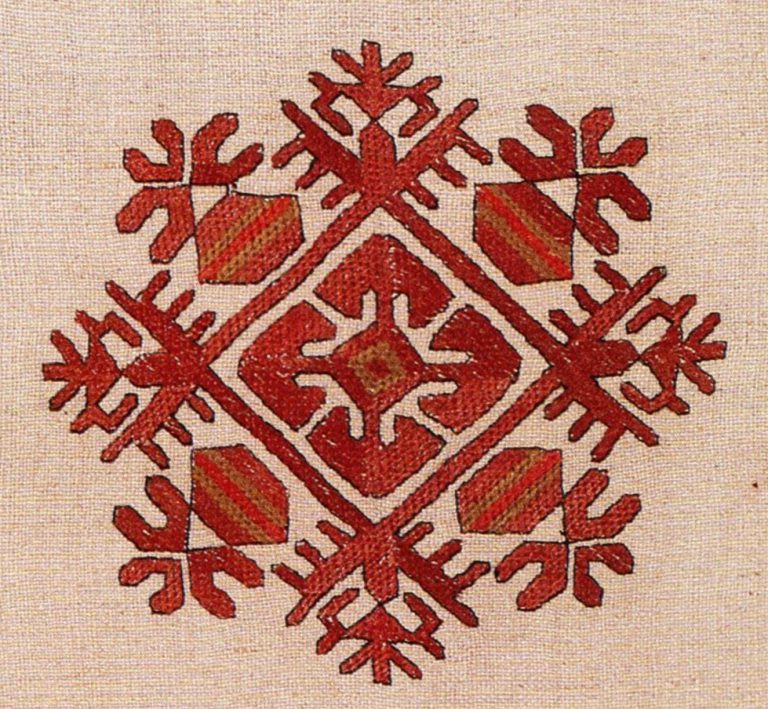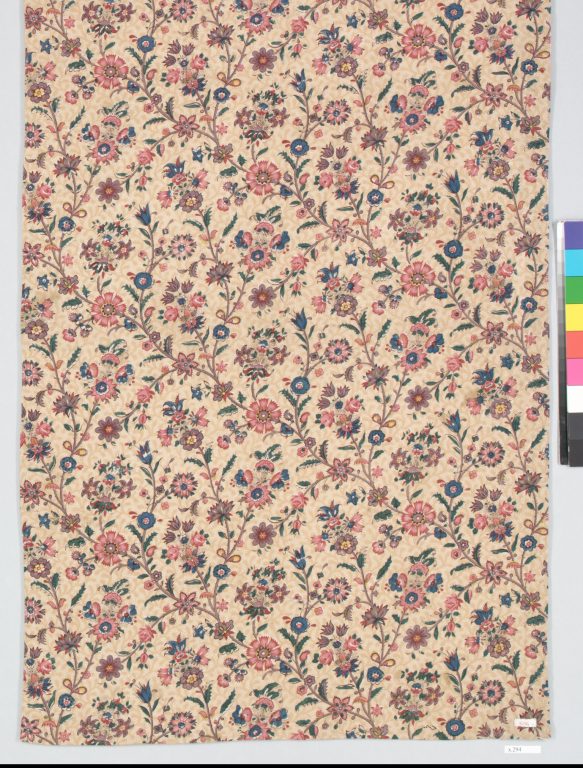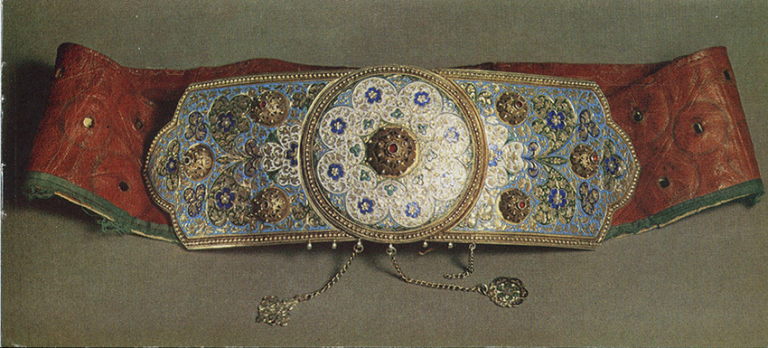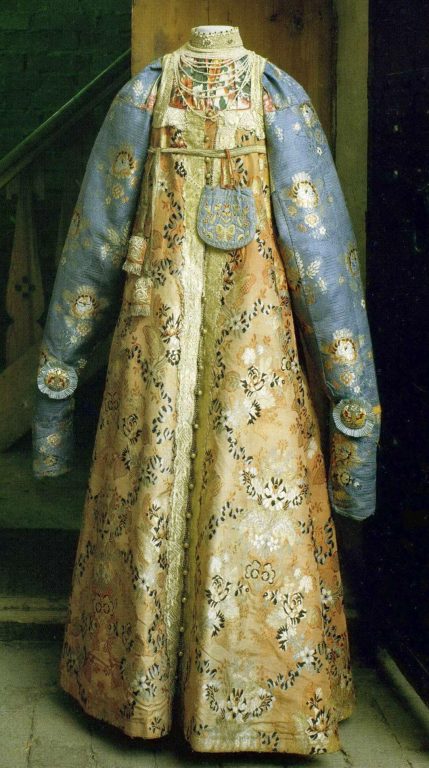

-
Type of sourceDatabase “Metropolitan Museum of Art”
-
Fund that the source refers toMetropolitan Museum of Art
-
The textile here is a nice example of a process known as mill engraving where the textile is printed from an engraved copper roller. This process allowed for highly detailed small-scale motifs across the textile which enhances the charm. It is firmly anchored it in the 1830s not only because of its textile, but also because of its unabashed emphasis on the bust and shoulders by the way of wider neckline and V-shaped gathering over the bust.
The female silhouette of the middle of the 19th century consisted of a fitted corseted bodice and wide full skirts. The conical skirts developed between the 1830s, when the high waist of the Empire silhouette was lowered and the skirts became more bell shaped, to the late 1860s, when the fullness of the skirts were pulled to the back and the bustle developed. The flared skirts of the period gradually increased in size throughout and were supported by a number of methods. Originally support came from multiple layers of petticoats which, due to weight and discomfort, were supplanted by underskirts comprised of graduated hoops made from materials such as baleen, cane and metal. The fashions during this time allowed the textiles to stand out because of the vast surface areas of the skirt and a relatively minimal amount of excess trim.


